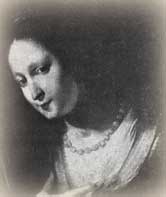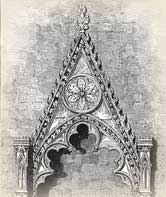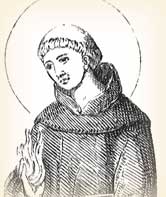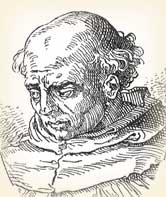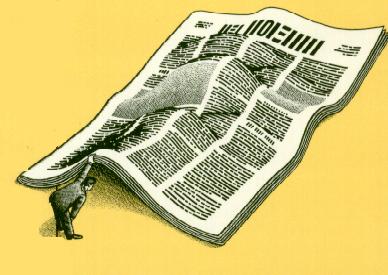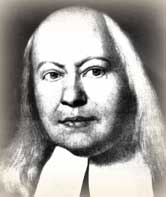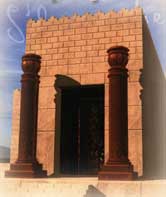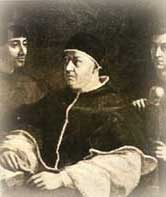
When the Quaker girl Mary Bray was asked by a rich merchant to become his wife, she refused. Her nurse complained: "You might have eaten gold!"
"But I could not have digested it," retorted Mary. She had determined to live a godly life and found deep peace in this decision. She married John Pryor in 1760, instead; he was a fellow Quaker who worked wool. Their home was called Waterside.
She was a well-educated woman and full of generosity, especially to those who were sick. Like many other Quaker women, she "prophesied," that is, instructed and comforted others from the wisdom she gained from God in her times of private meditation and prayer. Because she was cheerful and loving, her community looked up to her. She accompanied an evangelistic tour in England and Wales. Letters to her young children showed that she was concerned for their spiritual welfare: "I intreat thee, my dear child, be faithful to that precious gift that is committed to thy trust, remembering that they that are faithful in little will be made rulers over more. A glorious crown of immortality awaits the faithful follower of Jesus..."
After her last child married, Mary felt called to preach the Gospel in America. She did not look forward to separation from her husband, but felt God had the right to ask it. She felt God was telling her to take passage on a boat named the
Fame which was in such bad shape that it was considered a serious risk. Her son, who worked for the insurance company Lloyds, pleaded with her not to sail in the leaky ship. Again she asked the Lord, and felt convinced he wanted her on that boat. She was over sixty.
God's purpose soon was clear. The ship sprang a serious leak. The sailors and passengers had to work the pumps night and day to keep it afloat. This effort continued for several weeks as the ship made slow sailing. All became exhausted. The Captain drowned himself in drink. But Mary's constant prayers and words of assurance put heart in the men.
Finally, they felt they could drive the pumps no longer. At that point Mary came from her cabin, promising them that God had shown her that all would be rescued that very day if only they worked the pumps. She even named the ship that would rescue them: the
Archibald. However, water was now entering faster than they could pump it out. The ship began to sink under them. Mary urged them to work for just two more hours. Rescue would come within that time, she said.
The crew threw overboard all that they could. Within the two hours, the
Archibald was spotted as Mary had promised. It was just a sixty-ton fishing boat and short of water. The coast of America was still 600 miles away. But the fishermen agreed to reduce their own water rations and they crammed the
Fame's entire crew and passengers aboard.
Mary landed in Philadelphia
on this day March 15, 1798. Immediately, she fell to the ground. A friend who had met her at the ship, thought she had stumbled and he leaned over to help her up. But a passenger, recognizing that she was kneeling to pray stopped him from pulling her to her feet. The Captain, the crew and the passengers gathered around her, removing their hats as she poured out her heart in thanks to God.
Bibliography:
- Hack, Mary Pryor. Mary Pryor; A life story of a hundred years ago. Philadelphia: H. Longstreth, 1888
Read this article at -
http://www.christianity.com/church/church-history/timeline/1701-1800/mary-pryor-and-the-sinking-ship-11630330.html




